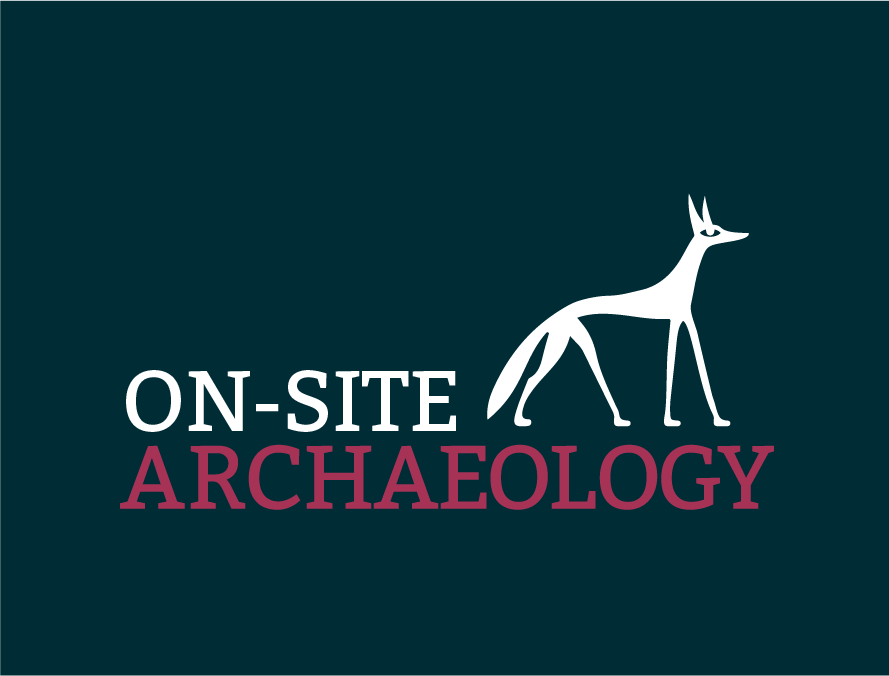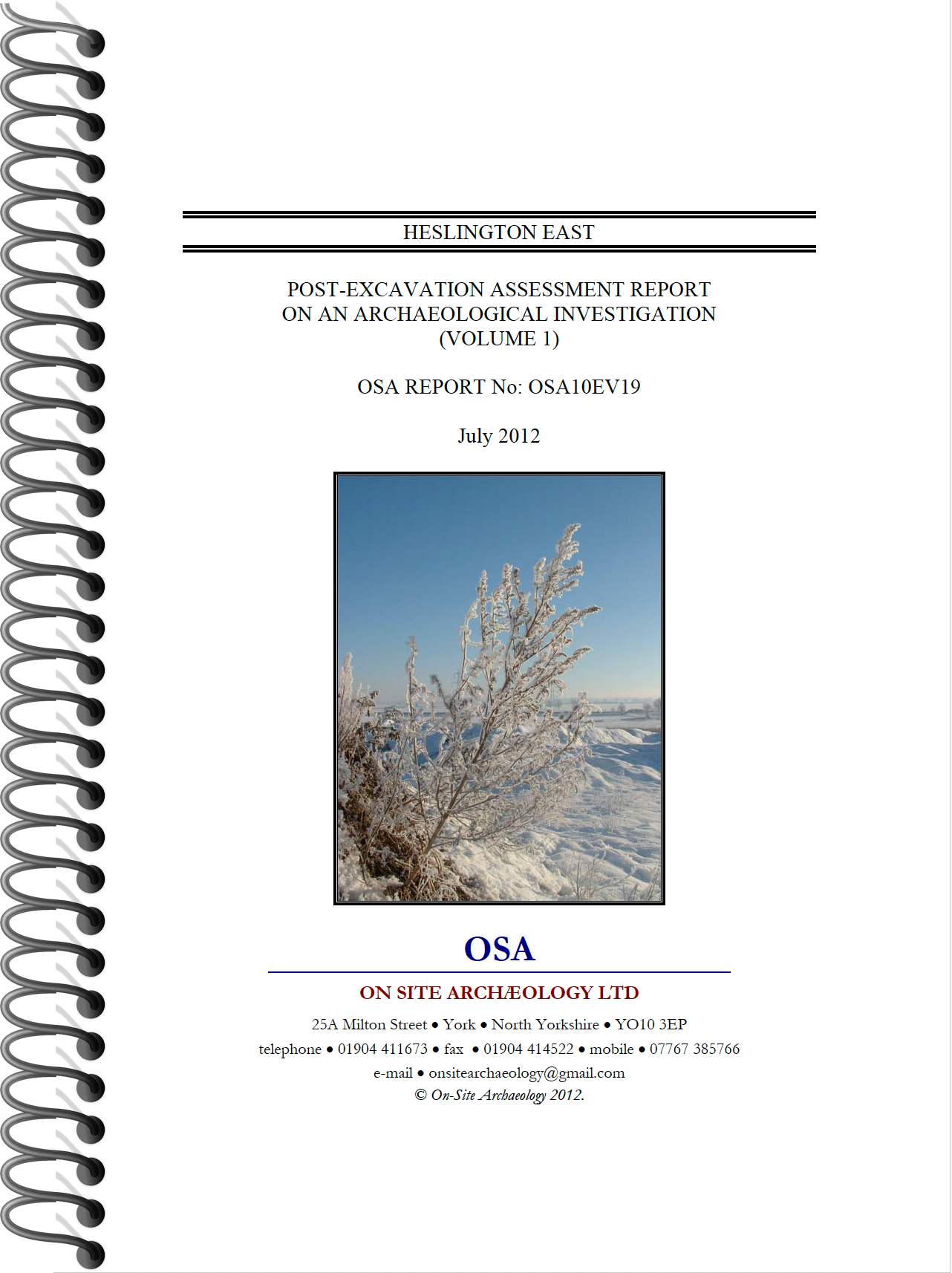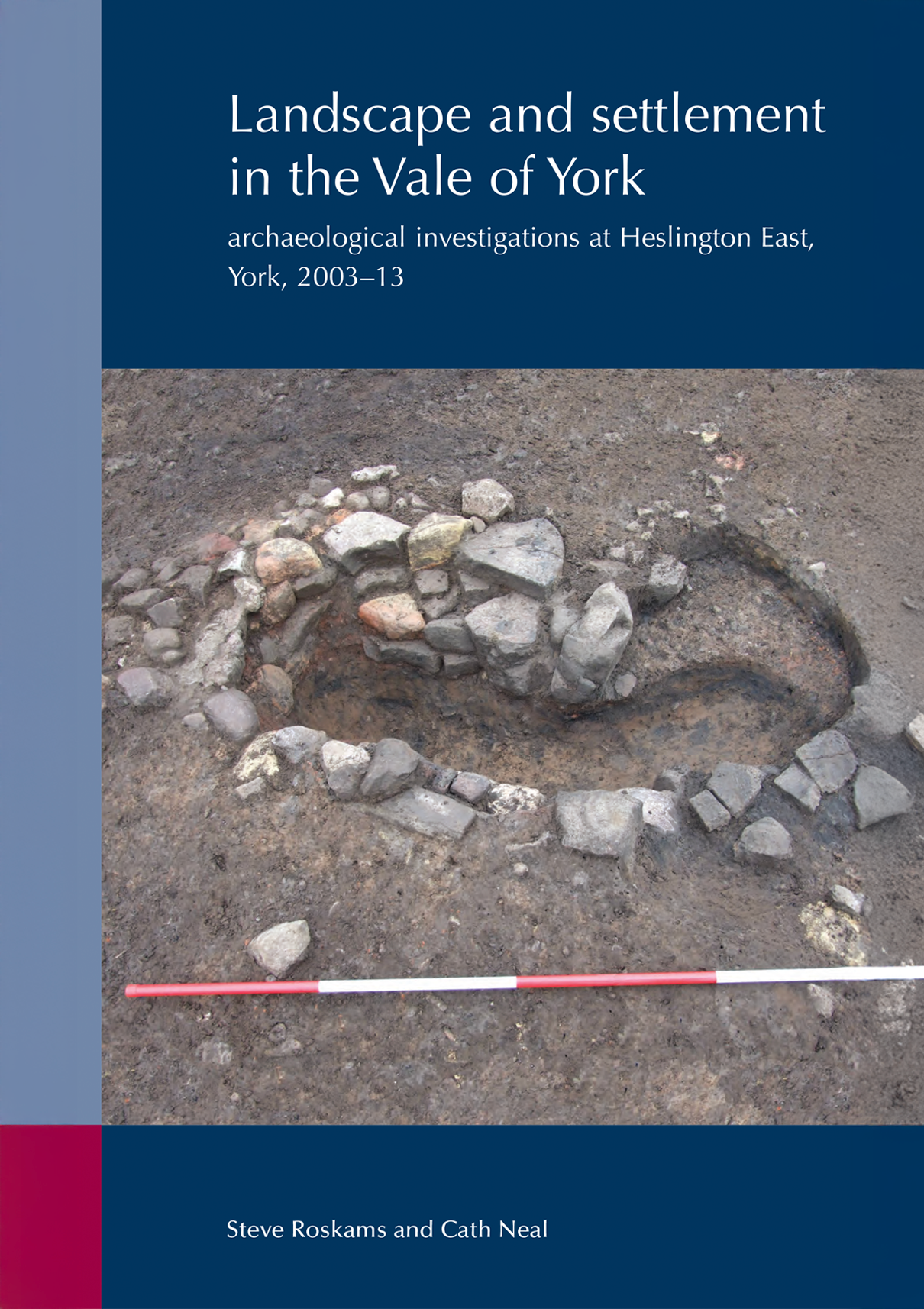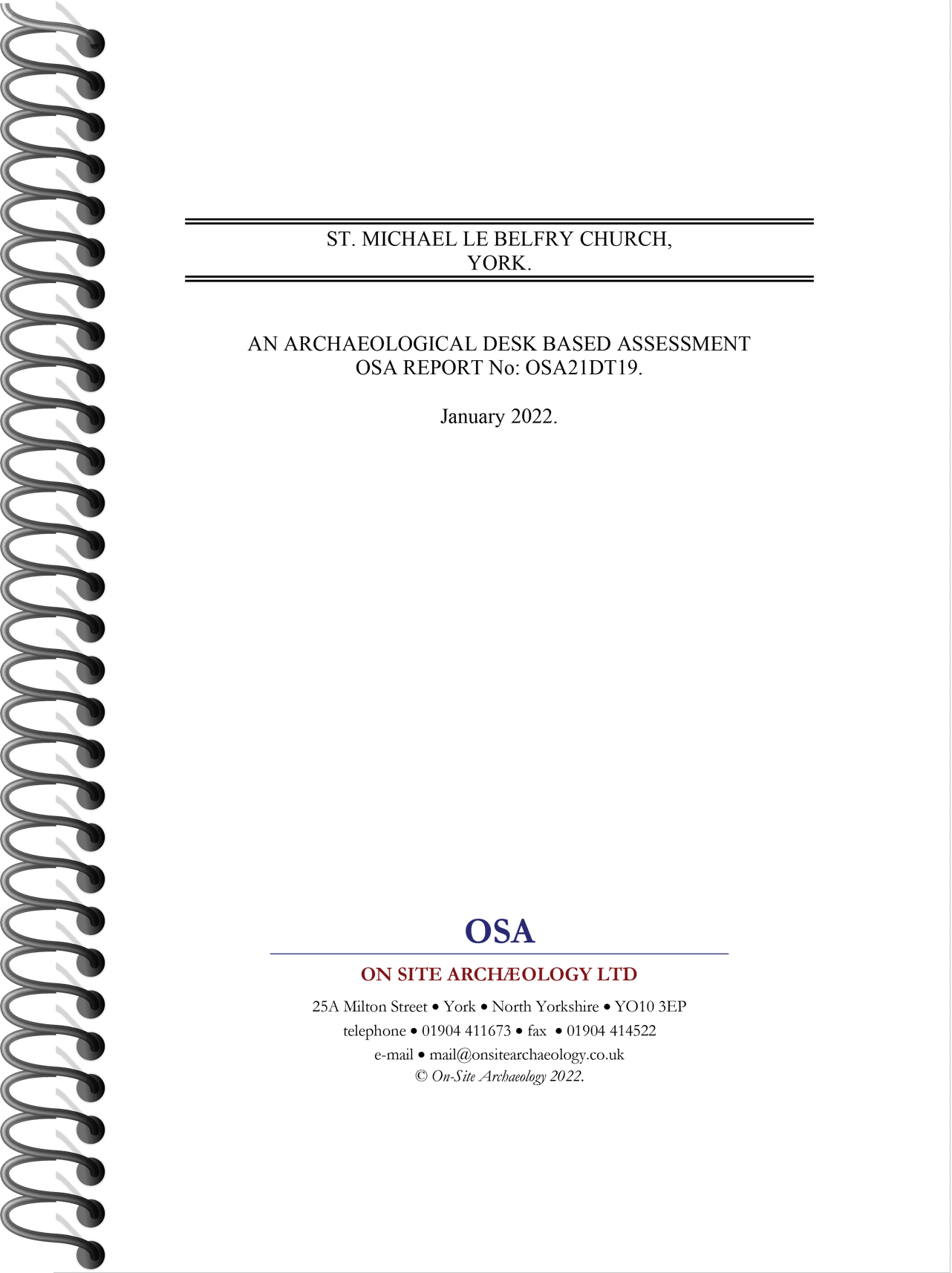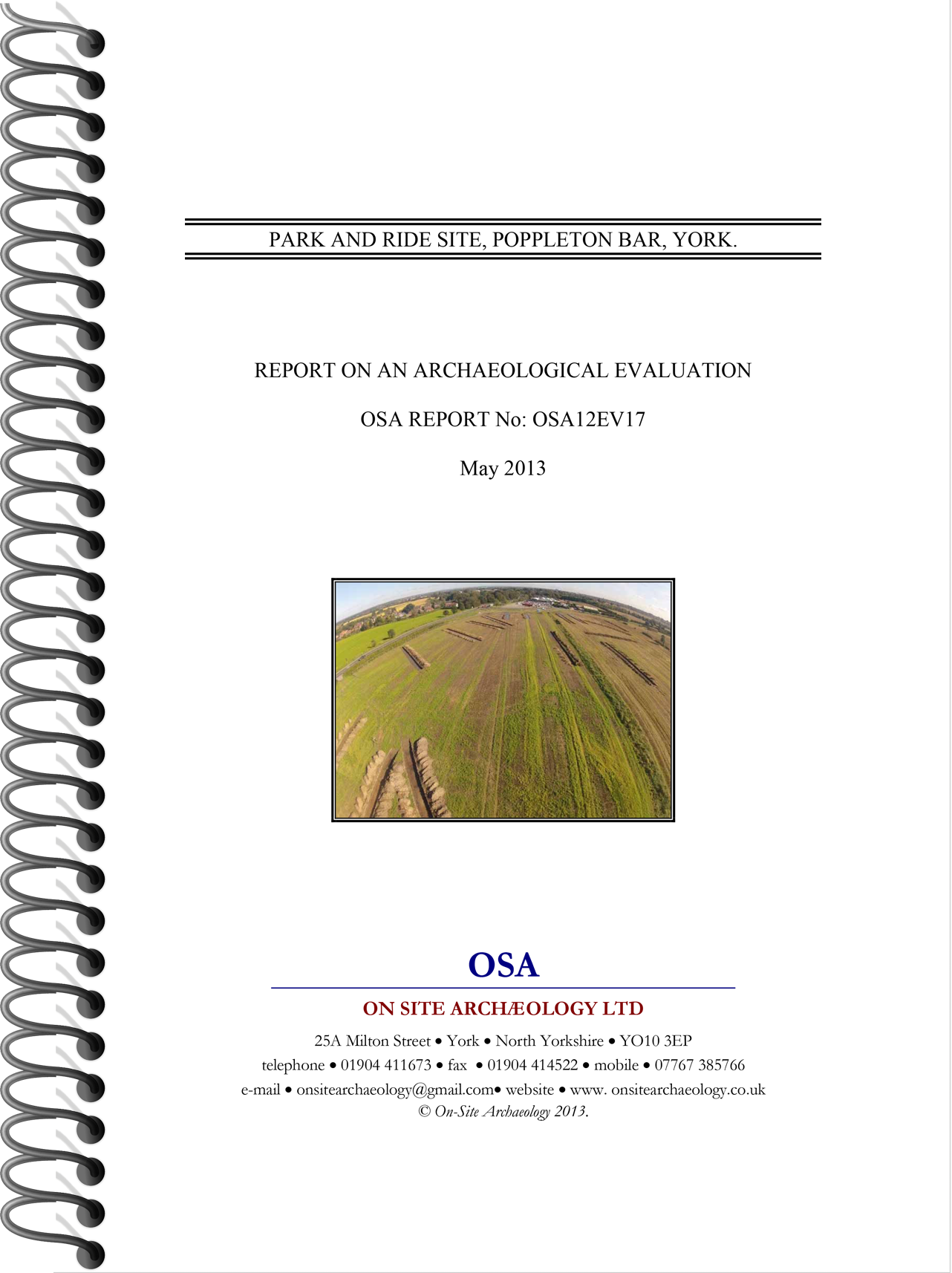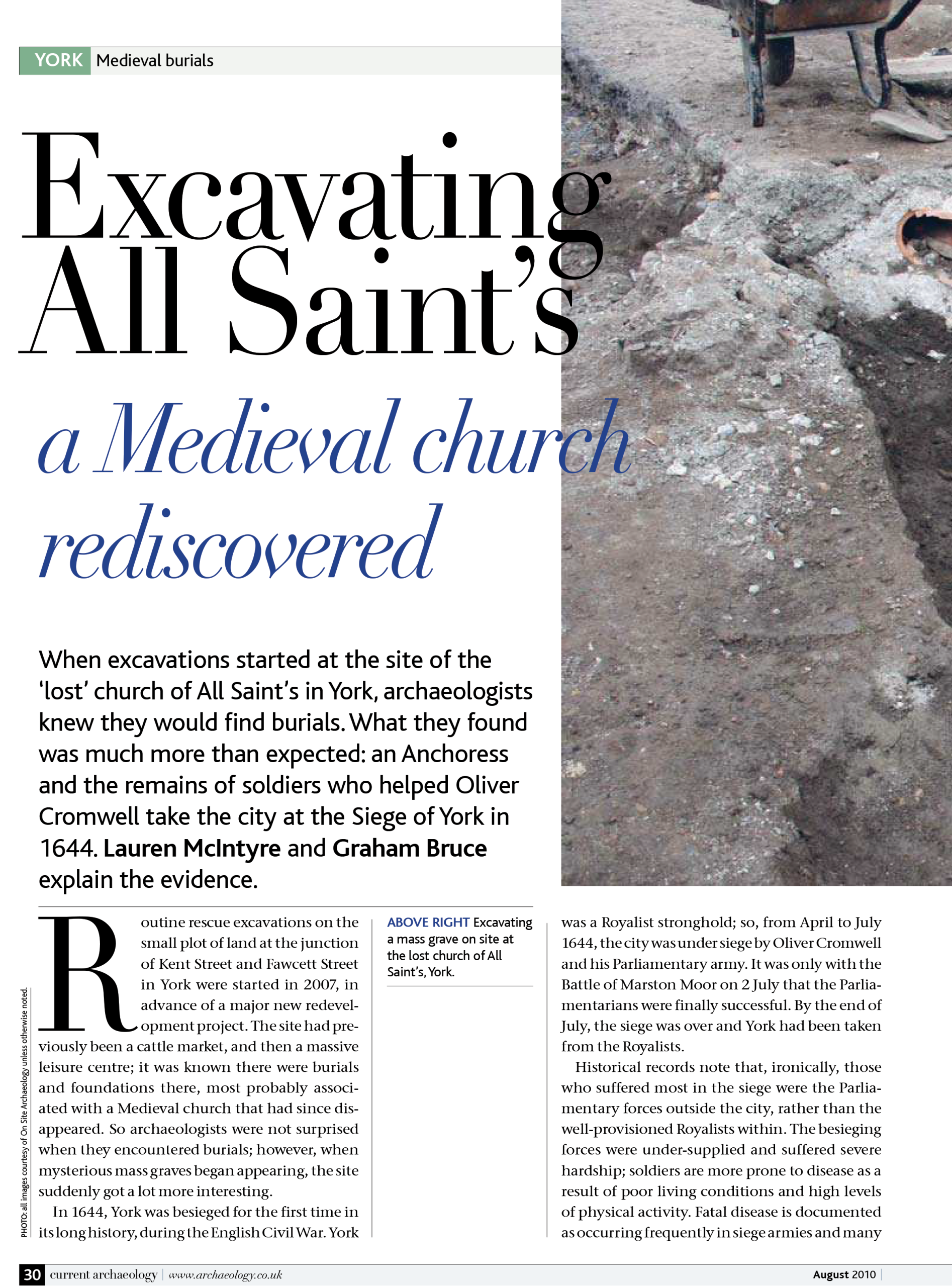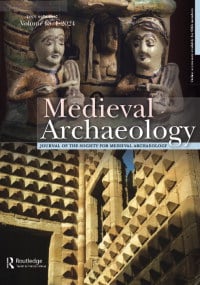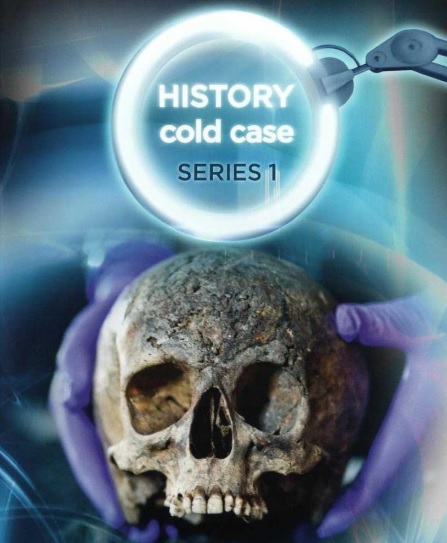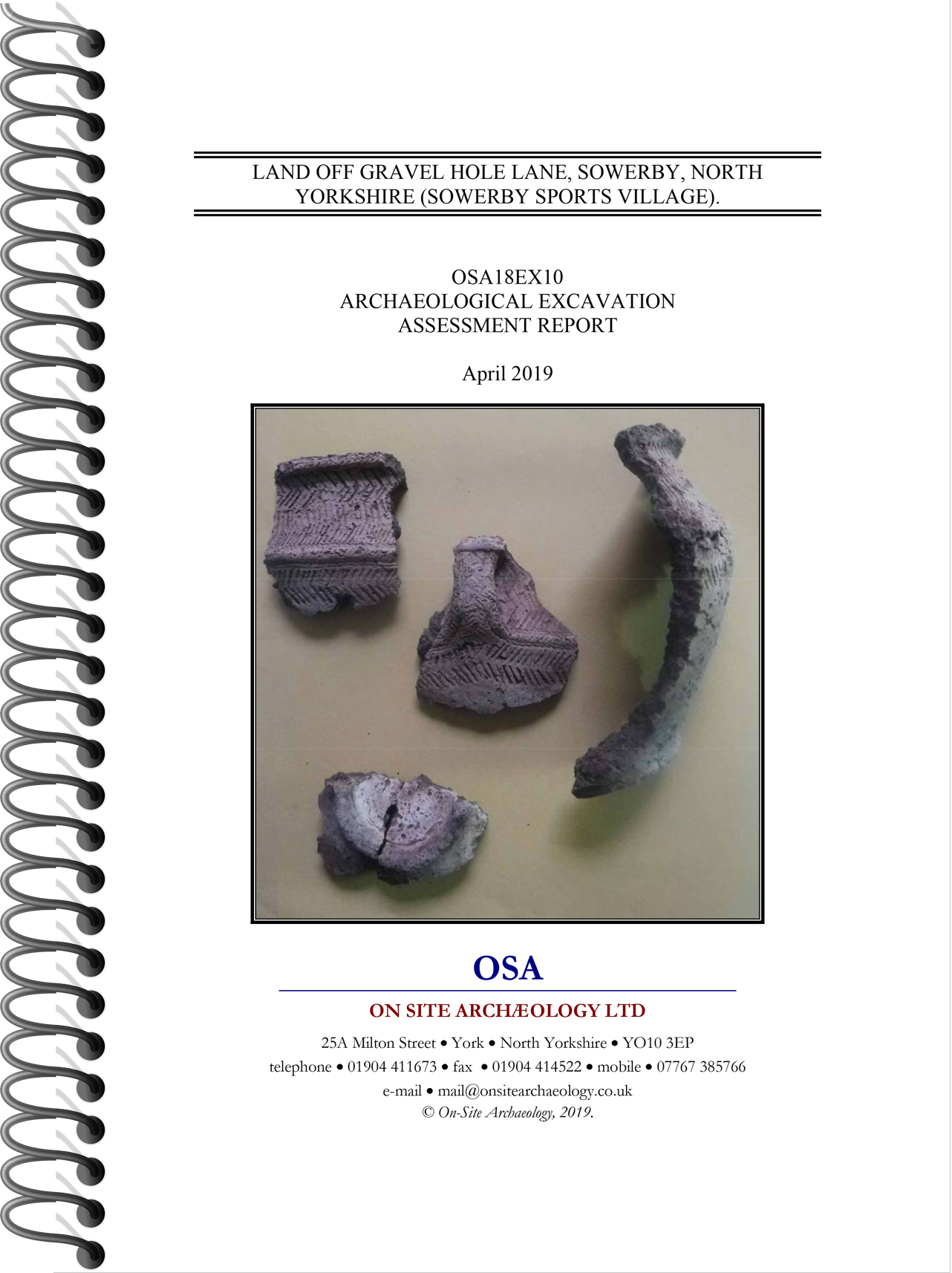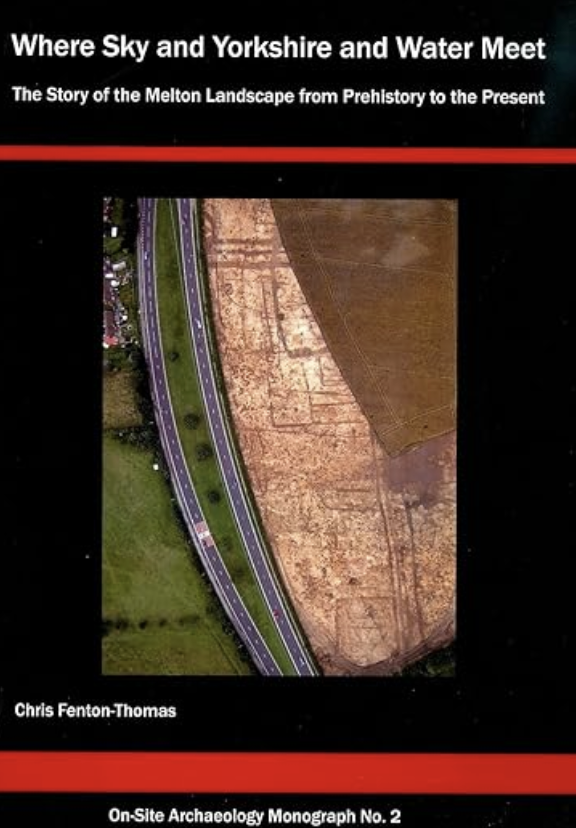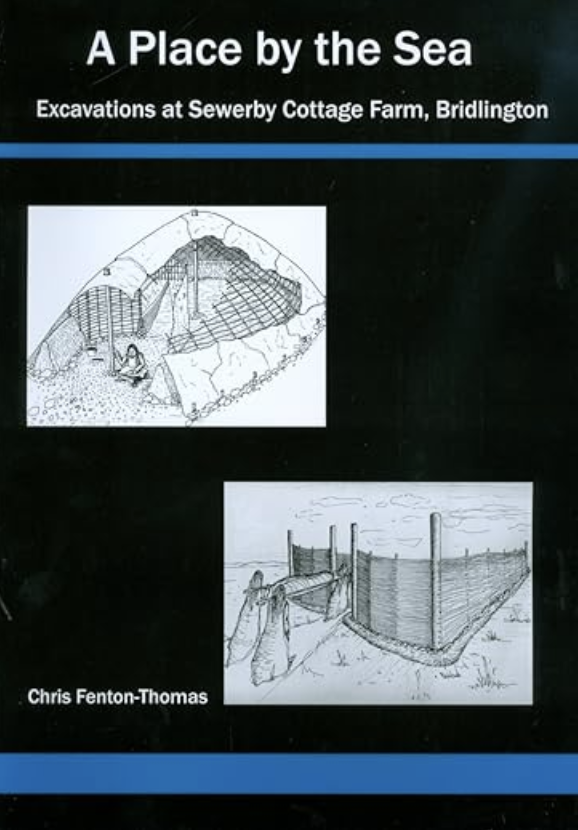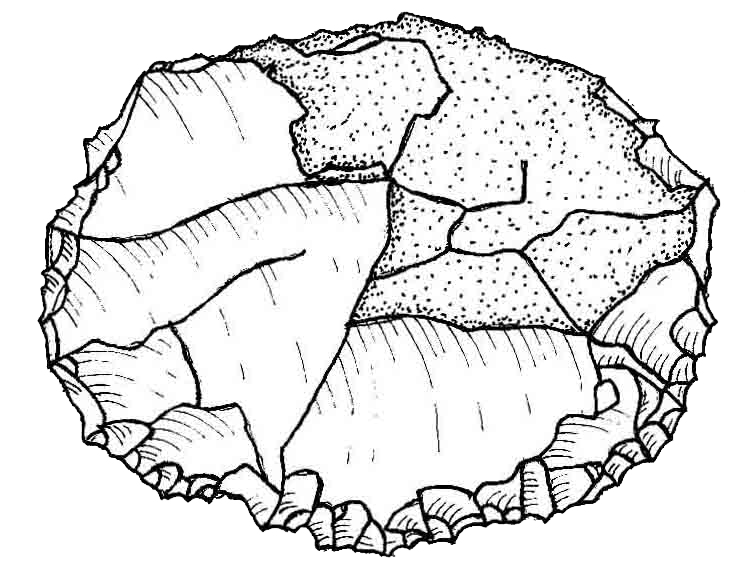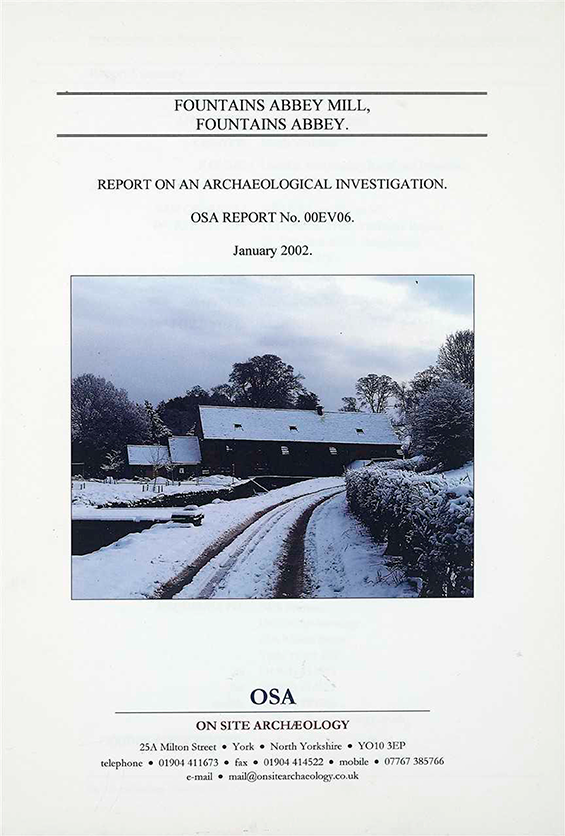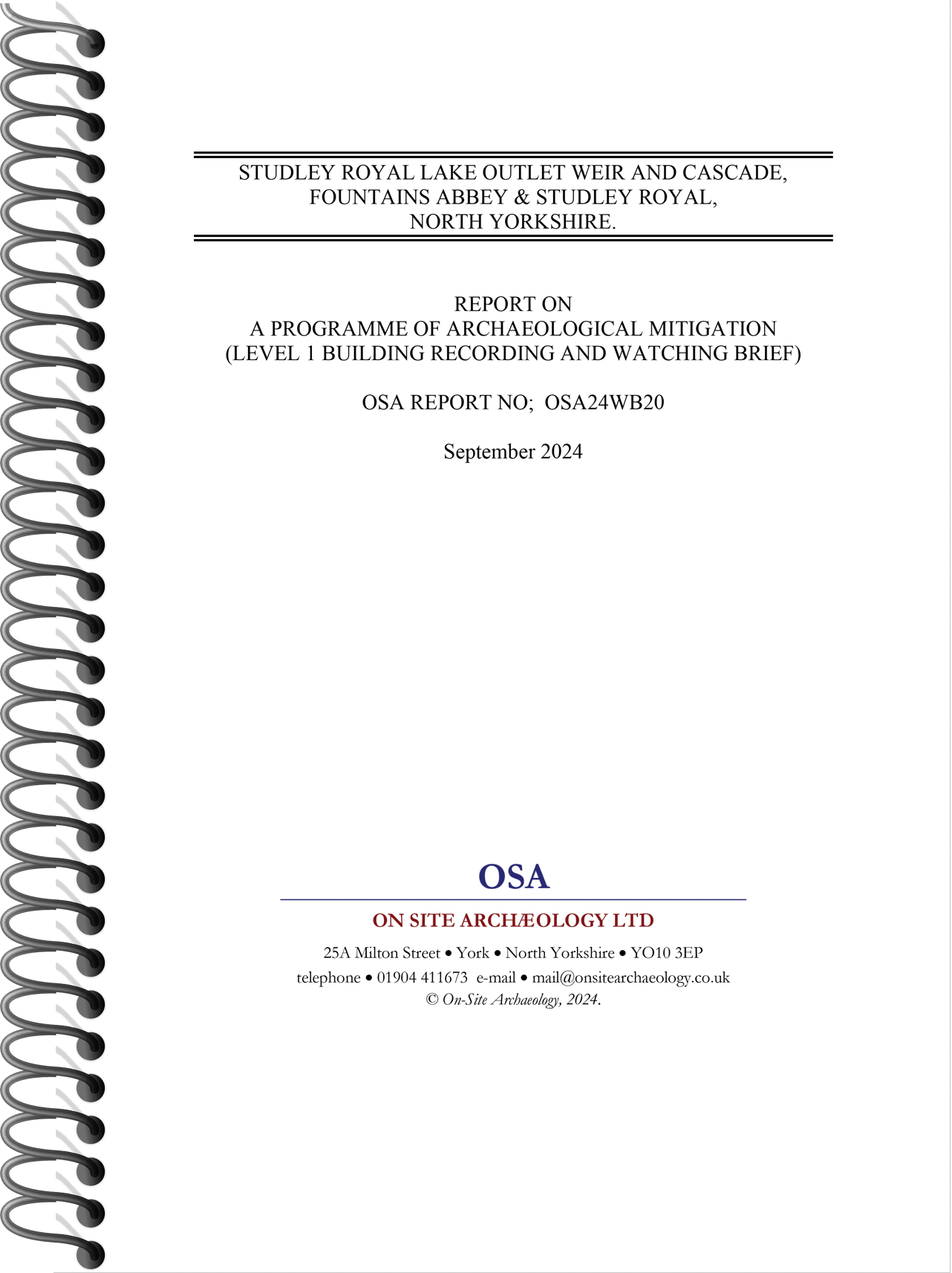On-Site Archaeology: COMPANY HISTORY
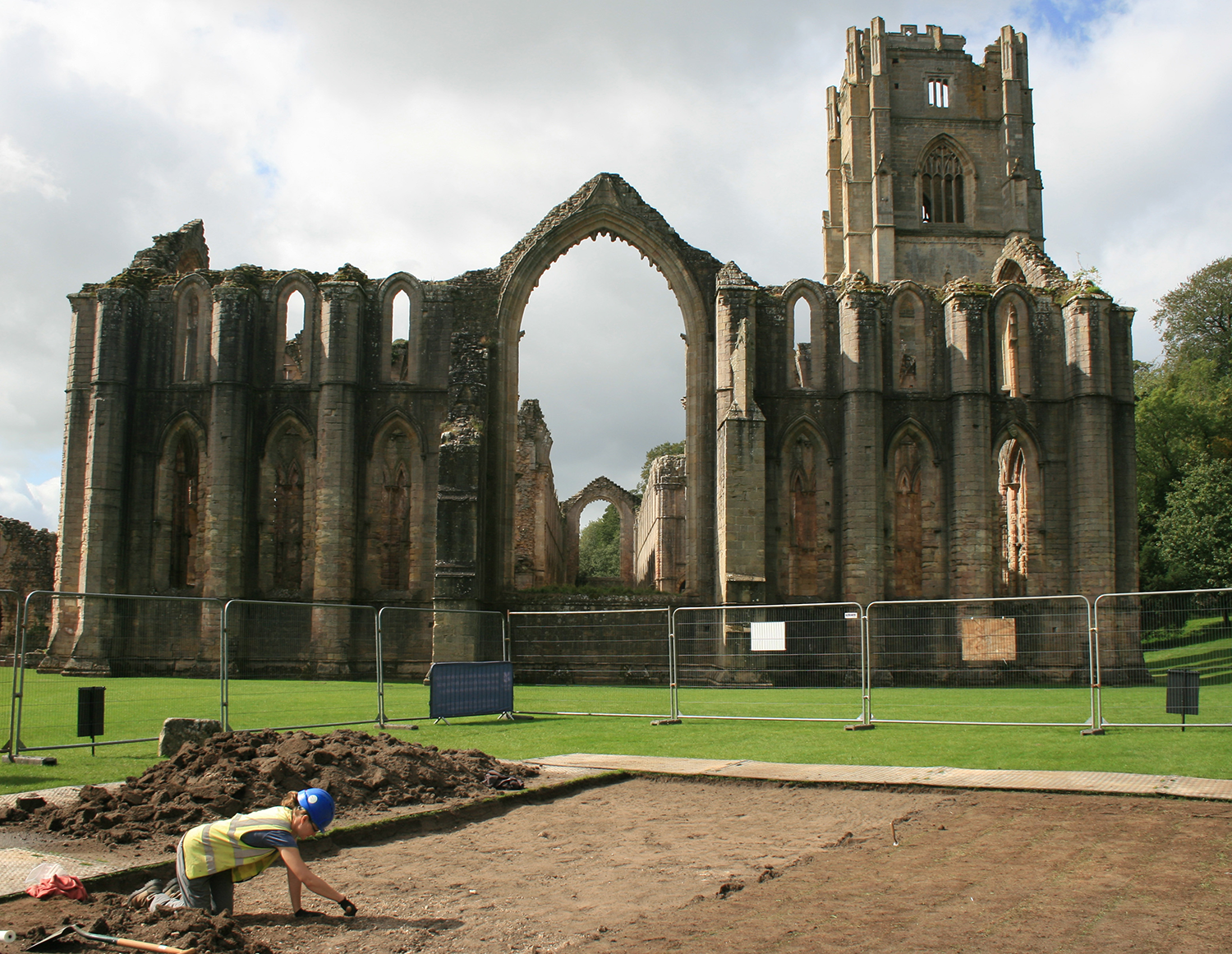
Based in the historic city of York, On-Site Archaeology was established in 1997.
For over 25 years, the company has been providing high-quality archaeological services throughout Yorkshire and across the country.
On-Site Archæology consists of a small team of highly experienced staff that provides our clients with expert services tailored to their specific archaeological planning needs.
We have extensive experience working within the planning system and with numerous Archaeological Planning Advisors.
On-Site Archaeology has worked on many archaeological projects over the years throughout Yorkshire and THE UK including:
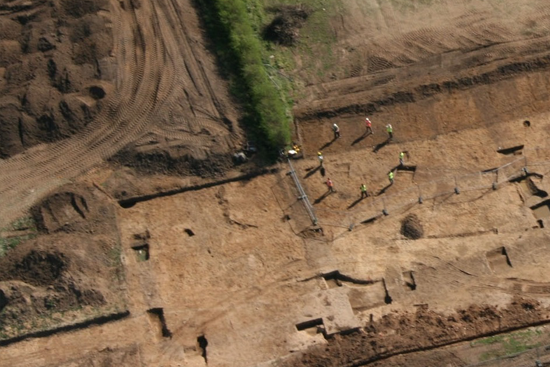
Heslington
East
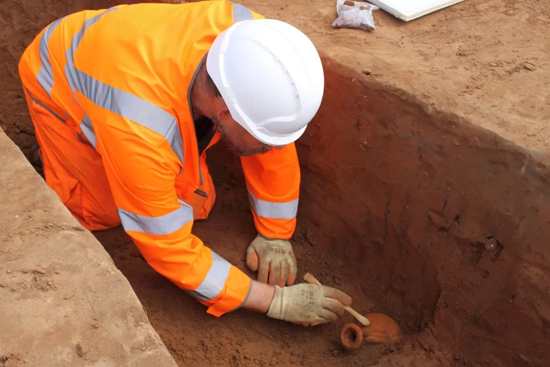
YORK
CENTRAL
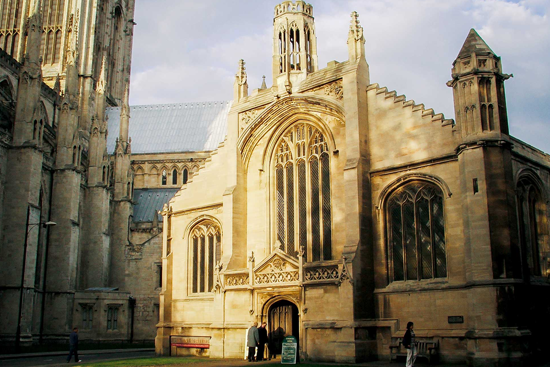
St Michael Le Belfrey Church
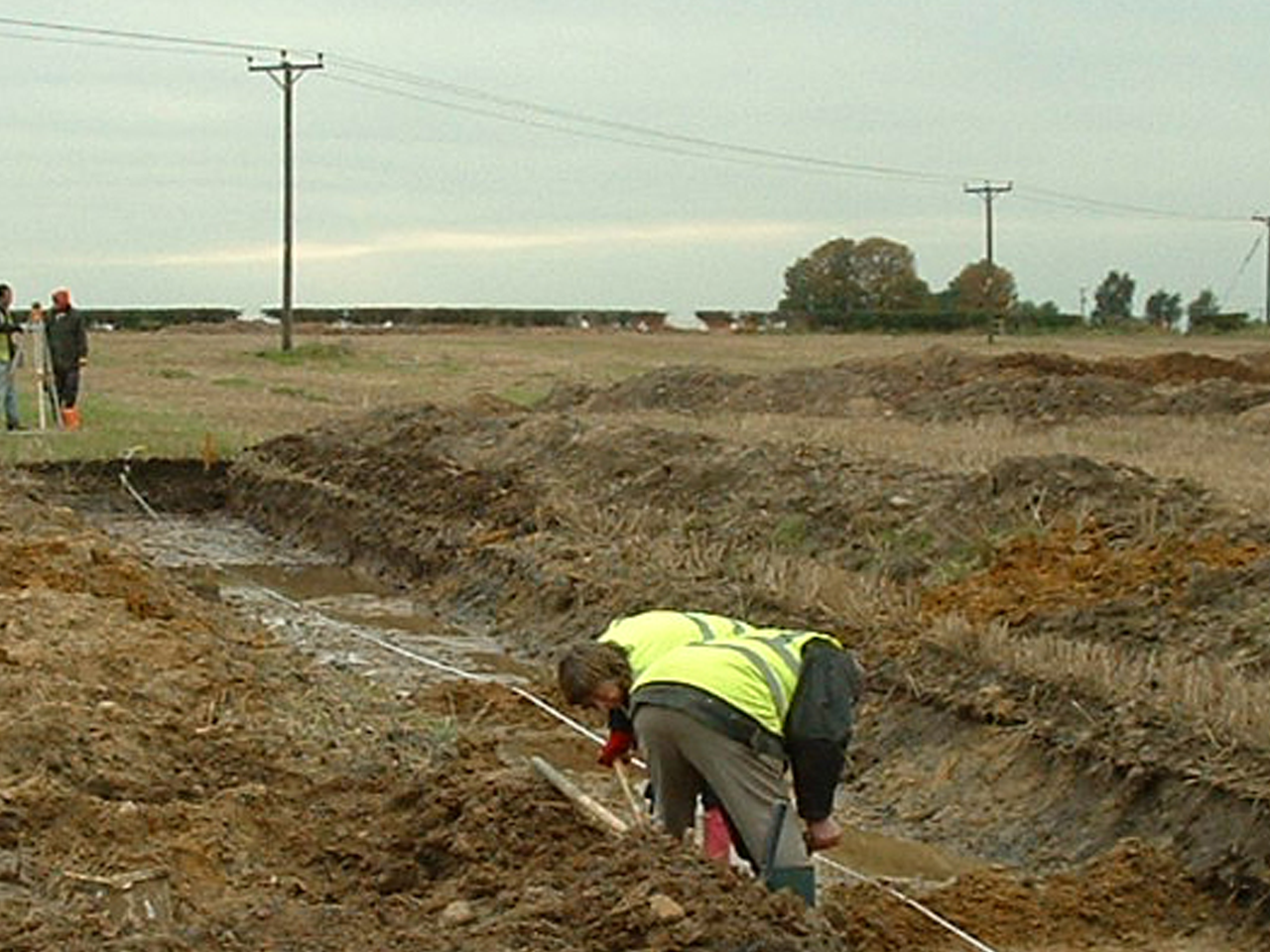
POPPLETON BAR PARK & RIDE
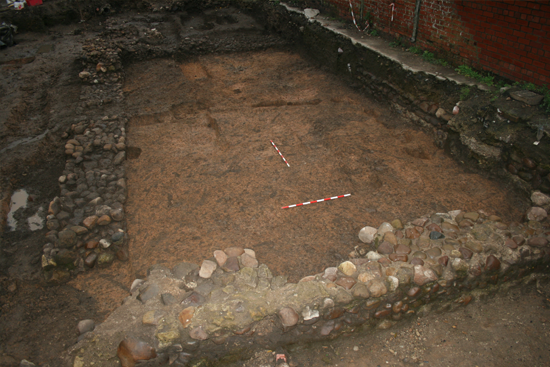
THE
BARBICAN
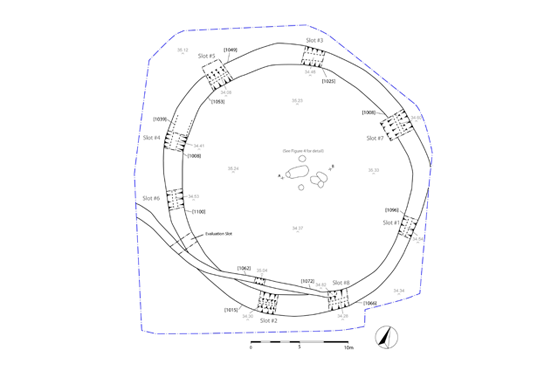
Sowerby
Gateway
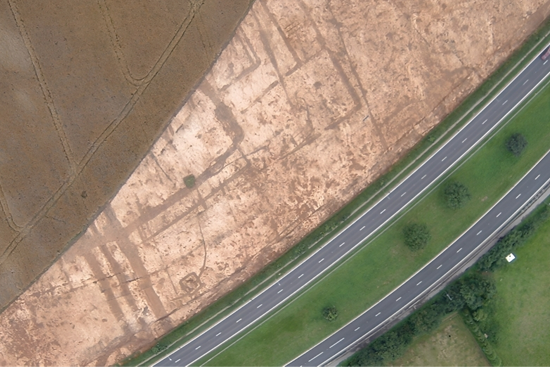
Melton
A63
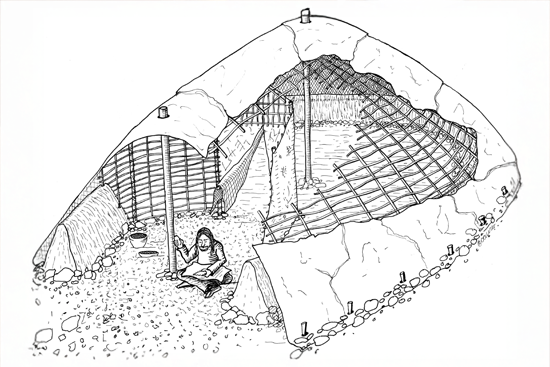
Sewerby
Cottage Farm
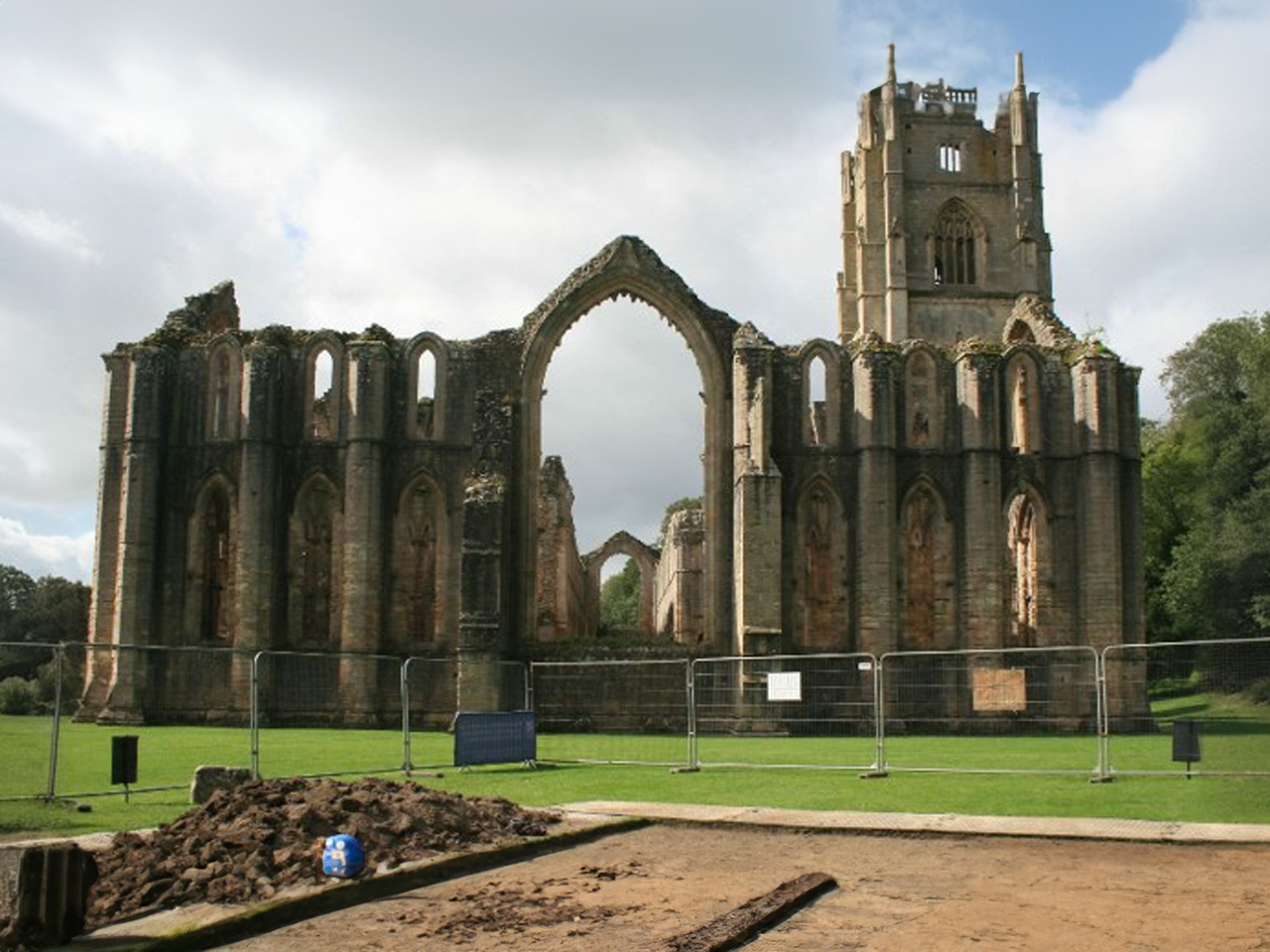
Fountains
Abbey
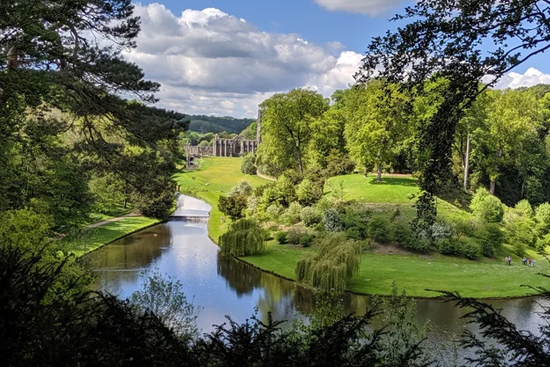
Studley Royal World Heritage Site
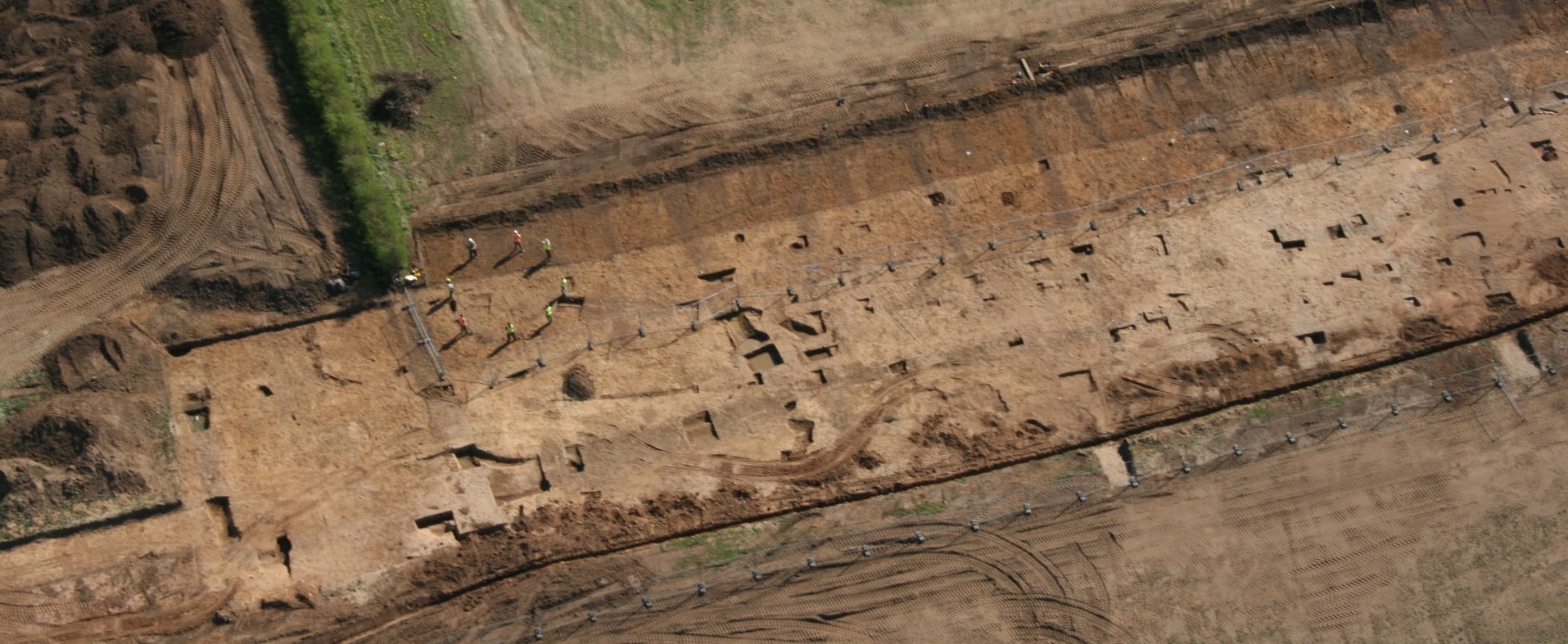
Heslington East
OSA10EV19
On-Site Archaeology Ltd undertook a programme of archaeological investigation in advance of the construction of a new spine road and associated groundworks as part of the Heslington East extension to the University of York.
The main excavation area revealed the presence of a complex archaeological site ranging in date from the Middle Bronze Age to the late 4th century AD. A minimum of seven main phases of occupation were recognised.
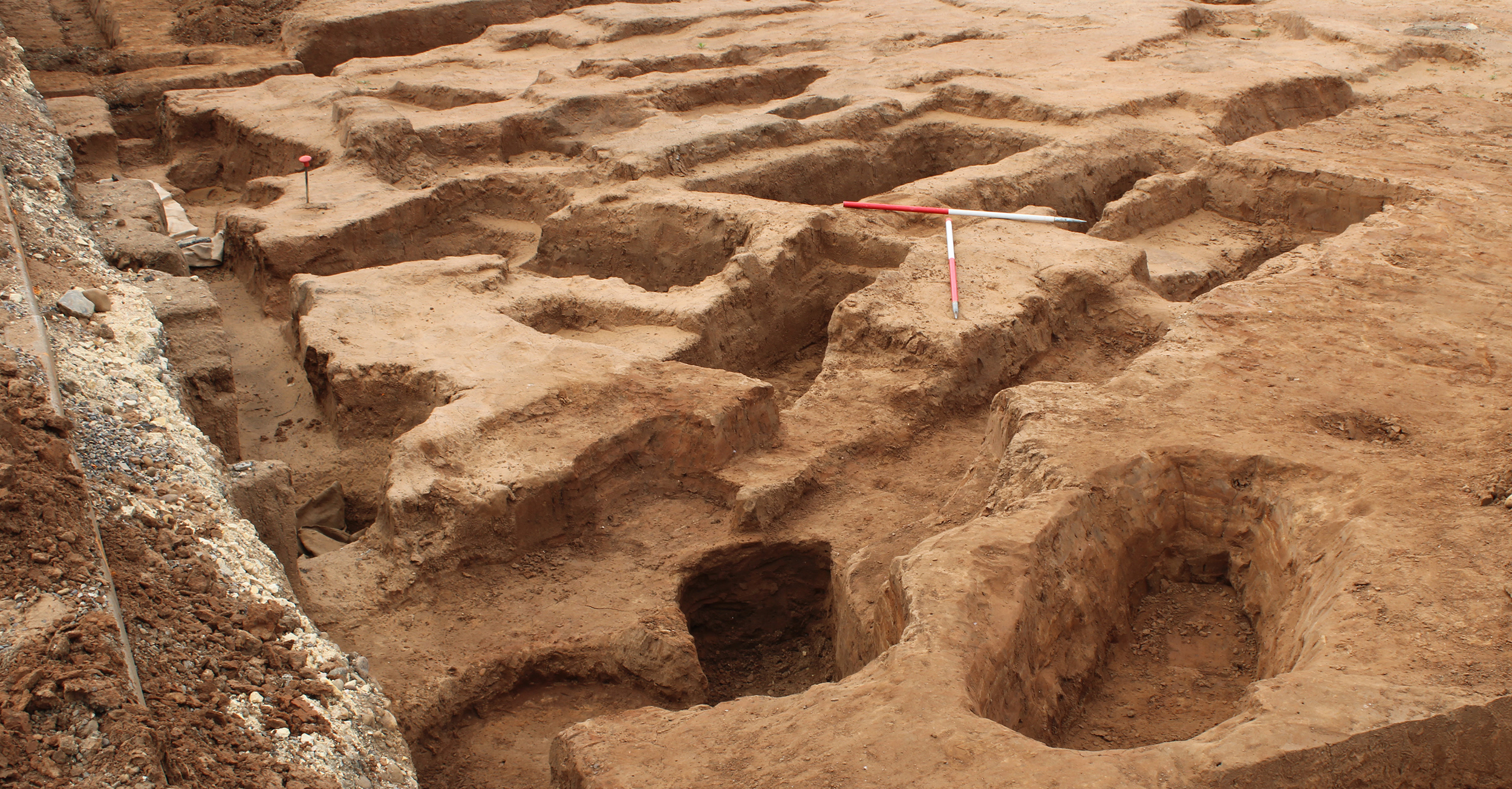
york central
OSA22EX02
The 45 hectare mixed-use development site at York Central is one of the largest regeneration projects in the UK.
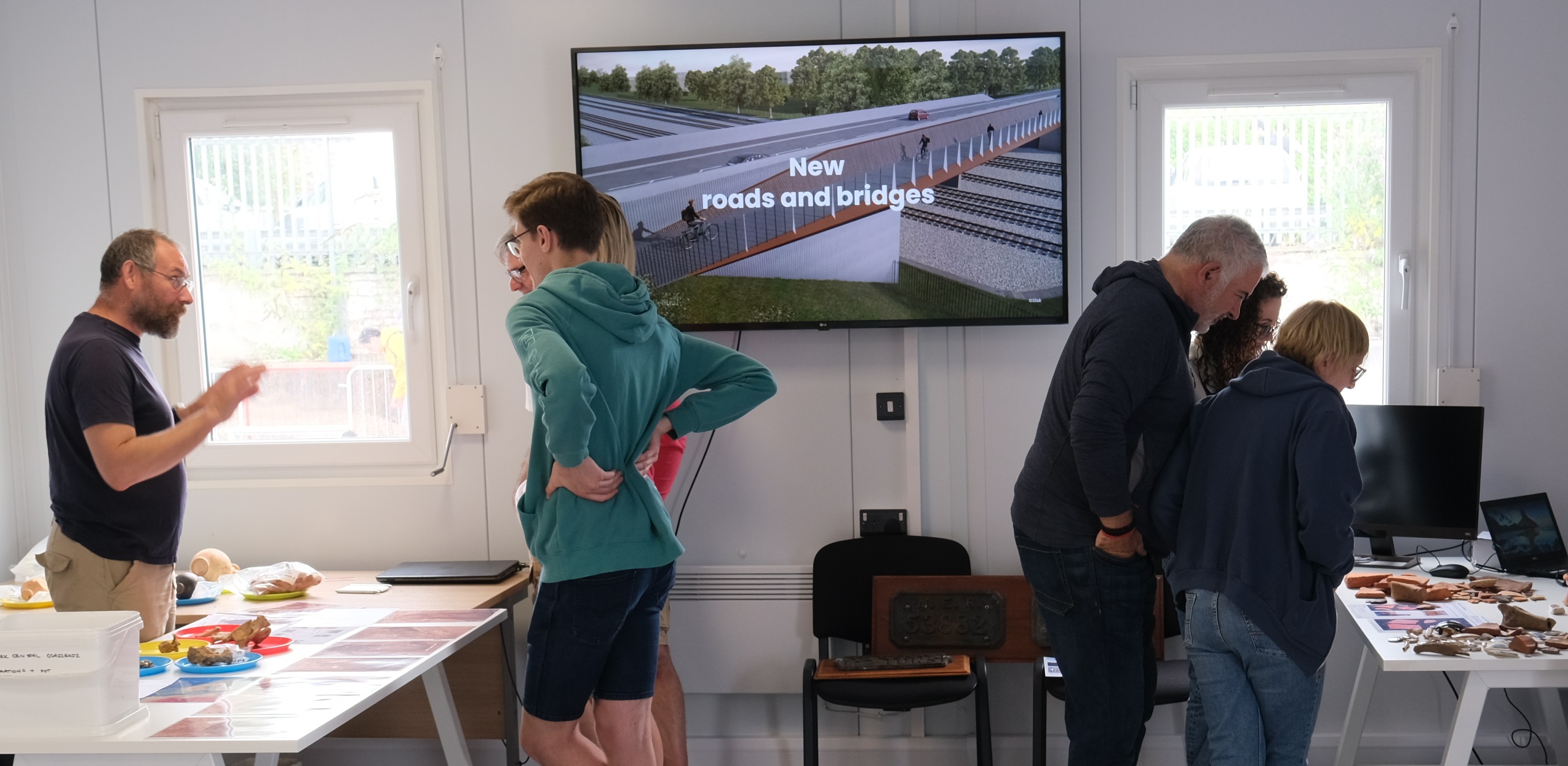
Excavations have revealed part of the York Station Roman Cemetery, which extended beneath the railway station and National Railway Museum. During the current phase of excavations burials, cremations and other funerary features have been revealed, dating to c.150 AD – c.350 AD. At present the excavations are still ongoing.
On-Site Archaeology, in partnership with John Sisk and Son Ltd and Tetra Tech, have also been involved in interactive open days to publicise the archaeological findings, providing the local community the opportunity to explore part of York’s rich archaeological history.
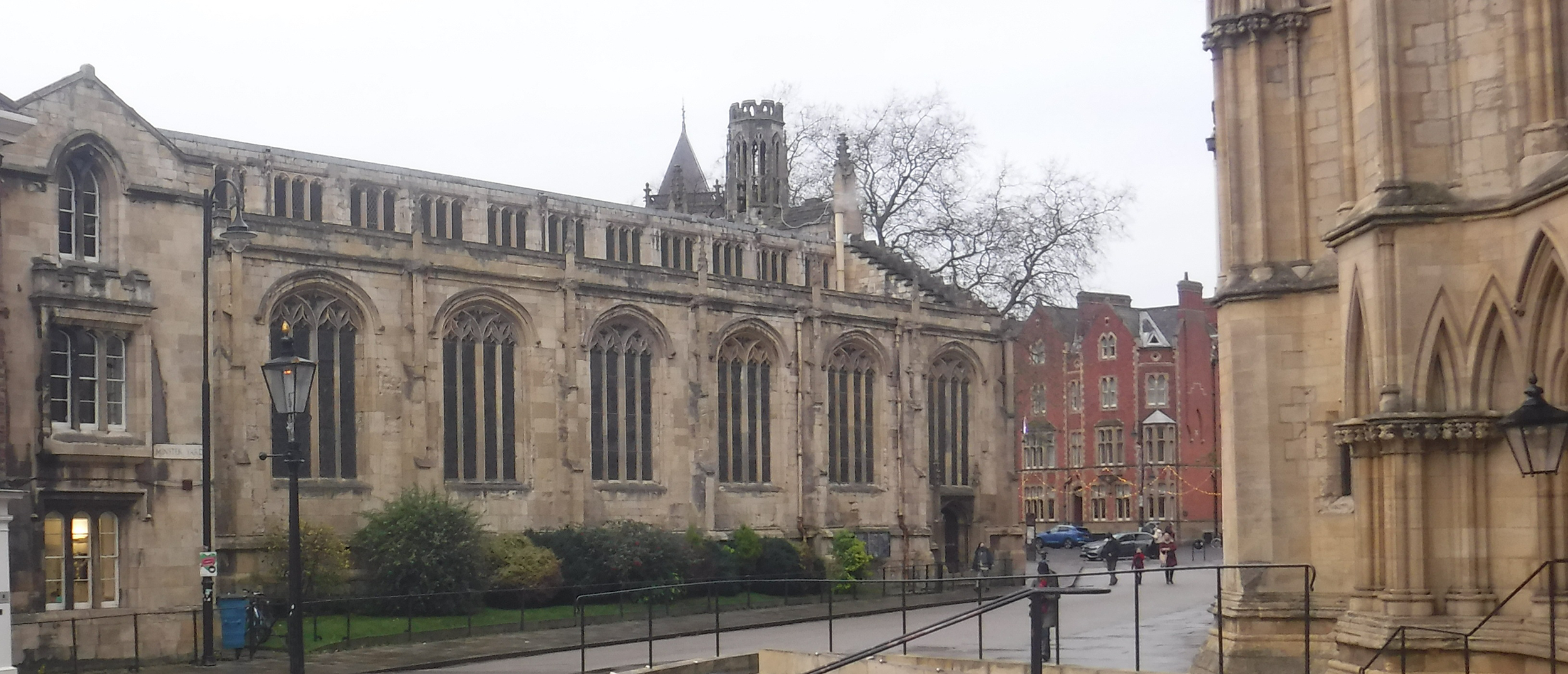
St Michael Le Belfrey Church
OSA23WB17
St Michael Le Belfrey is located within the historic core of the city of York, close to the Minster in an area of highly significant archaeological deposits, including the remains of the Roman legionary fortress and early medieval deposits, which may include an early version of the church.
Excavations to date in the nave and aisles have revealed a number of intramural burial vaults, and a sequence of archaeological deposits and layers along with what may be the foundations of an earlier manifestation of the church itself. A programme of building recording has also monitored structural reordering as it takes place.
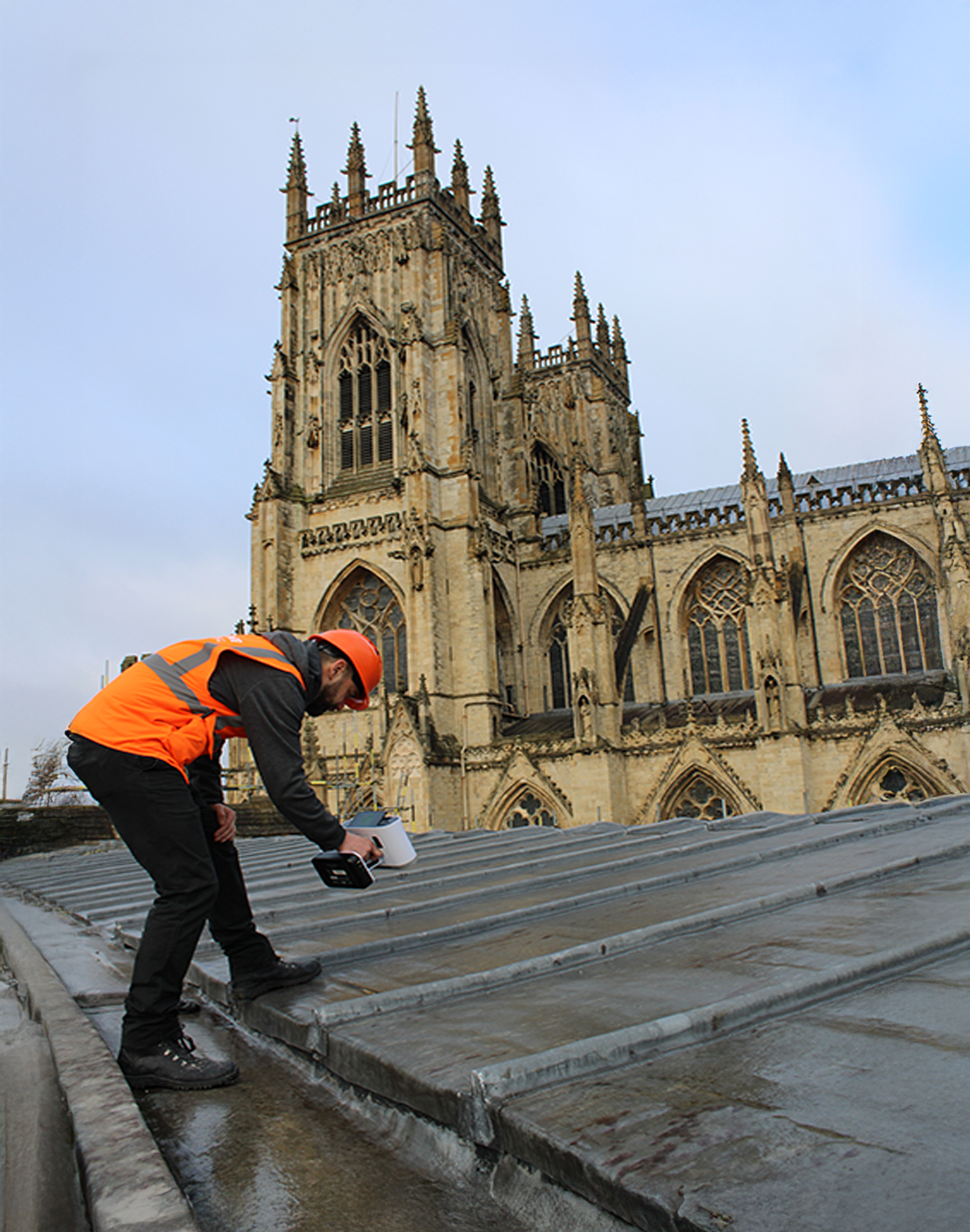

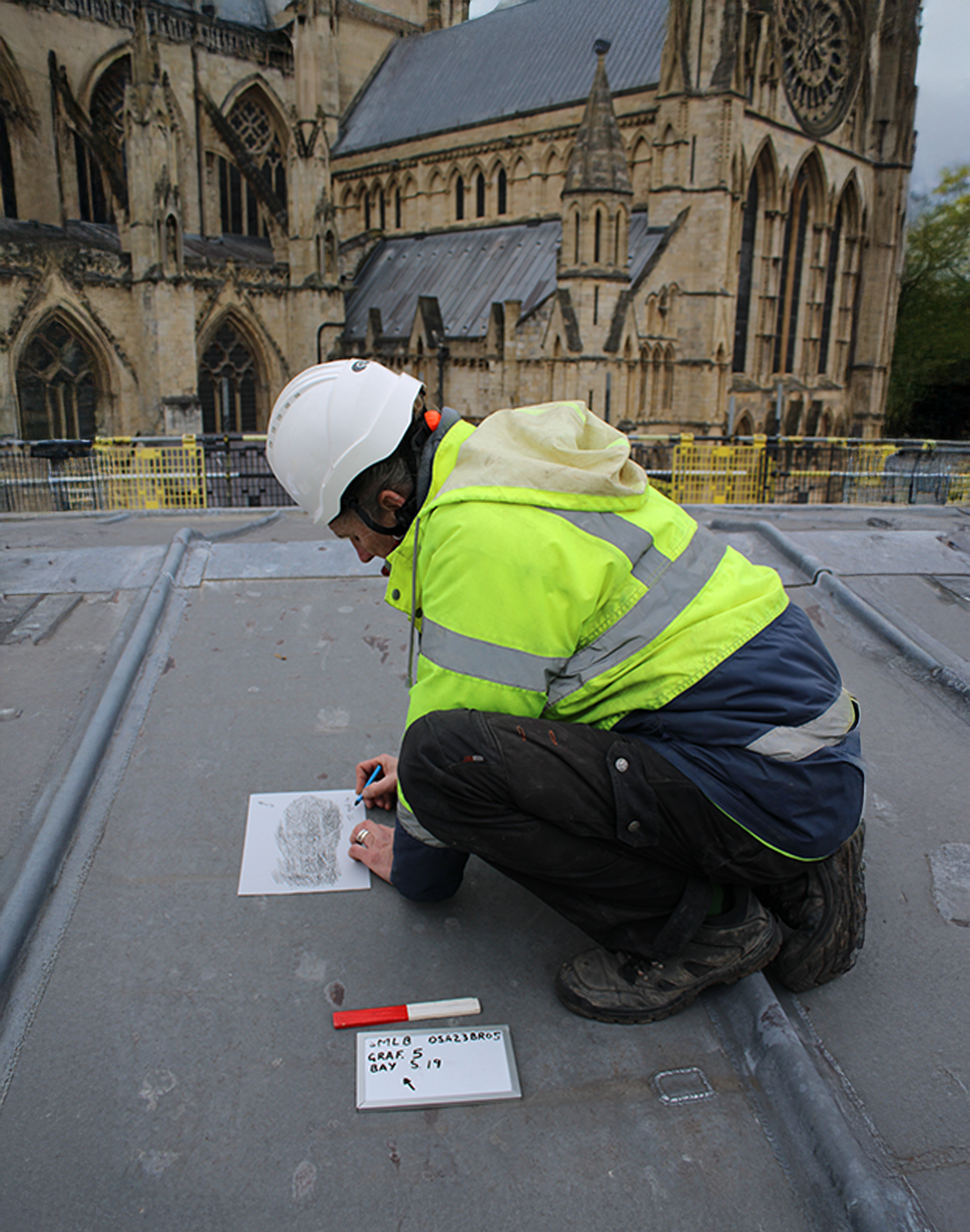

Poppleton bar park & ride
OSA12EV17
An archaeological evaluation was undertaken in advance of the proposed construction of a Park and Ride on behalf of the City of York Council. Investigation revealed a prolonged period of activity; from the Bronze Age to the medieval period.
An important aspect of the project was the involvement of a large number of community participants from the local area. Their involvement was extremely valuable, with new perspectives and enthusiasm adding greatly to the value of the project.
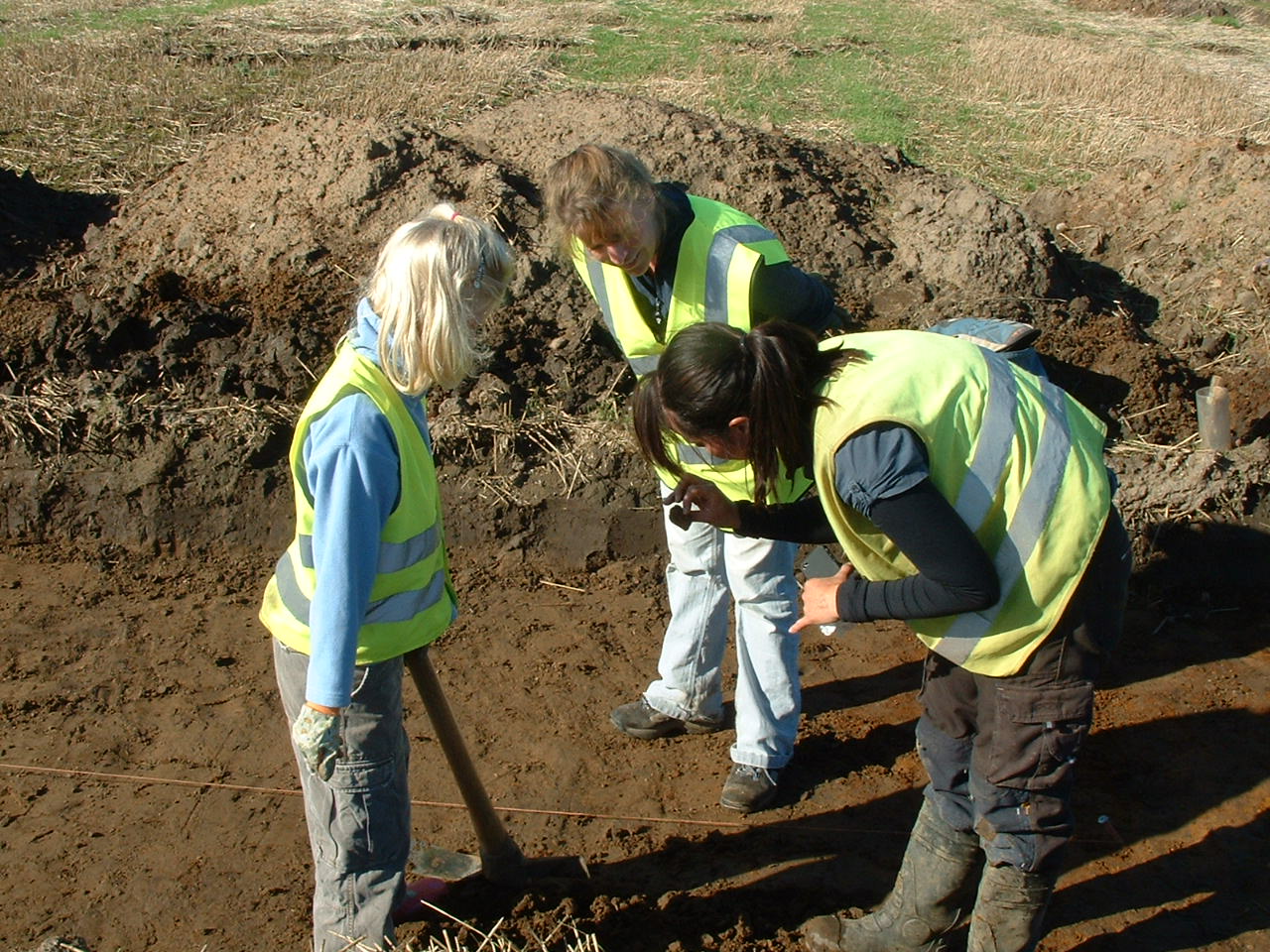
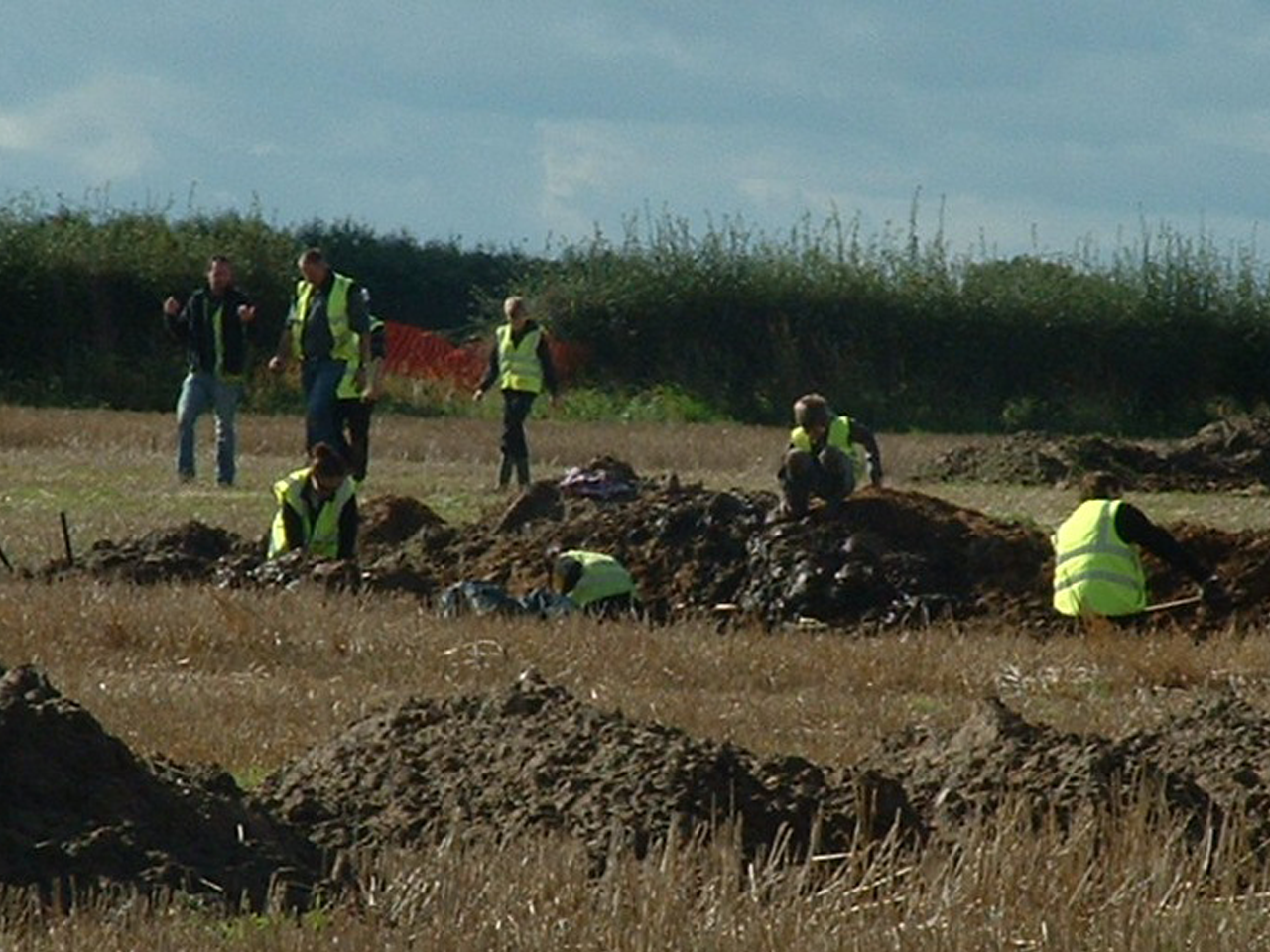
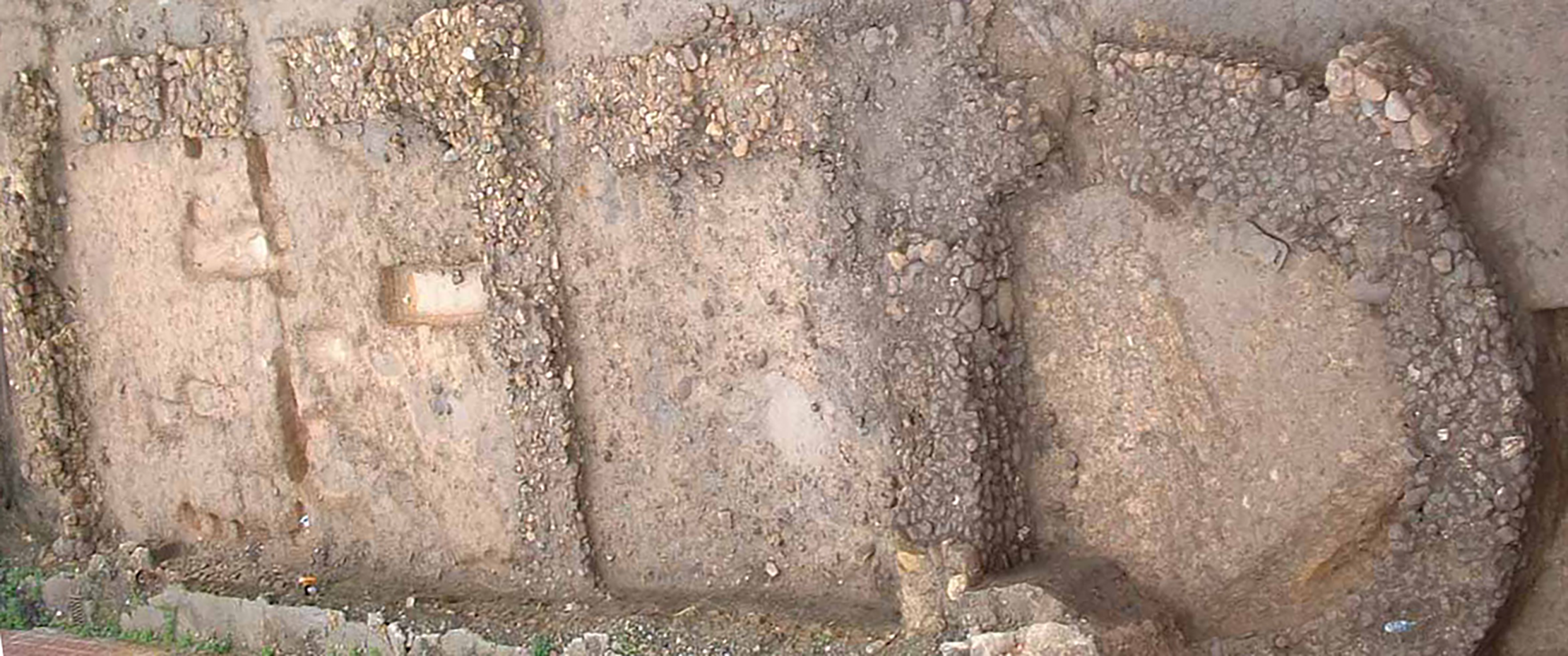
The barbican
OSA07EX02
The cemetery belonging to the former medieval church of All Saints, Fishergate, York, was excavated and recorded at the Barbican Leisure Centre site in York between June 2007 and February 2008.
Excavations revealed the medieval foundations of All Saints Church Fishergate, and 684 burials, amongst which were the remains of a possible Anchoress within the apse of the church and mass burials dating from the civil war and the Siege of York.
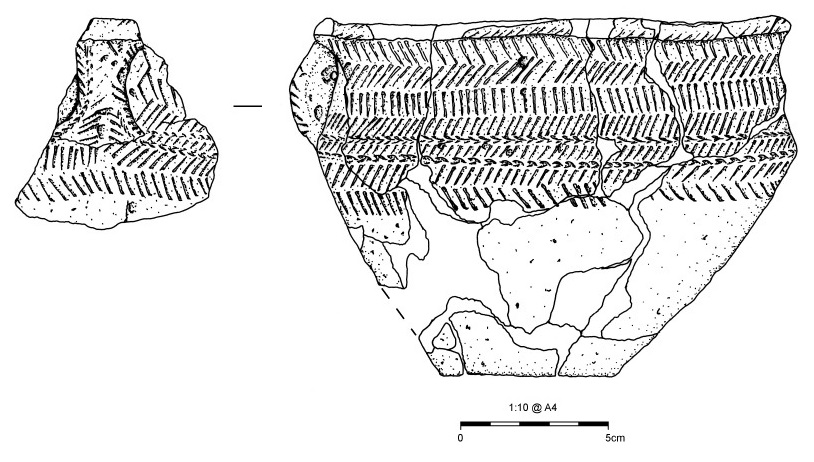
Sowerby Gateway
OSA18EX10
An archaeological excavation was undertaken by On-Site Archaeology Ltd at land off Gravel Hole Lane at Sowerby
in North Yorkshire in December 2018 on behalf of Hambleton District Council.
A large ring ditch with at least one phase of re-cutting and numerous fills was found on this site. A number of internal central pits were also found. Cremated bone comprising three individuals, as well as one near complete and two partial Bronze Age Food Vessels were found within these pits.
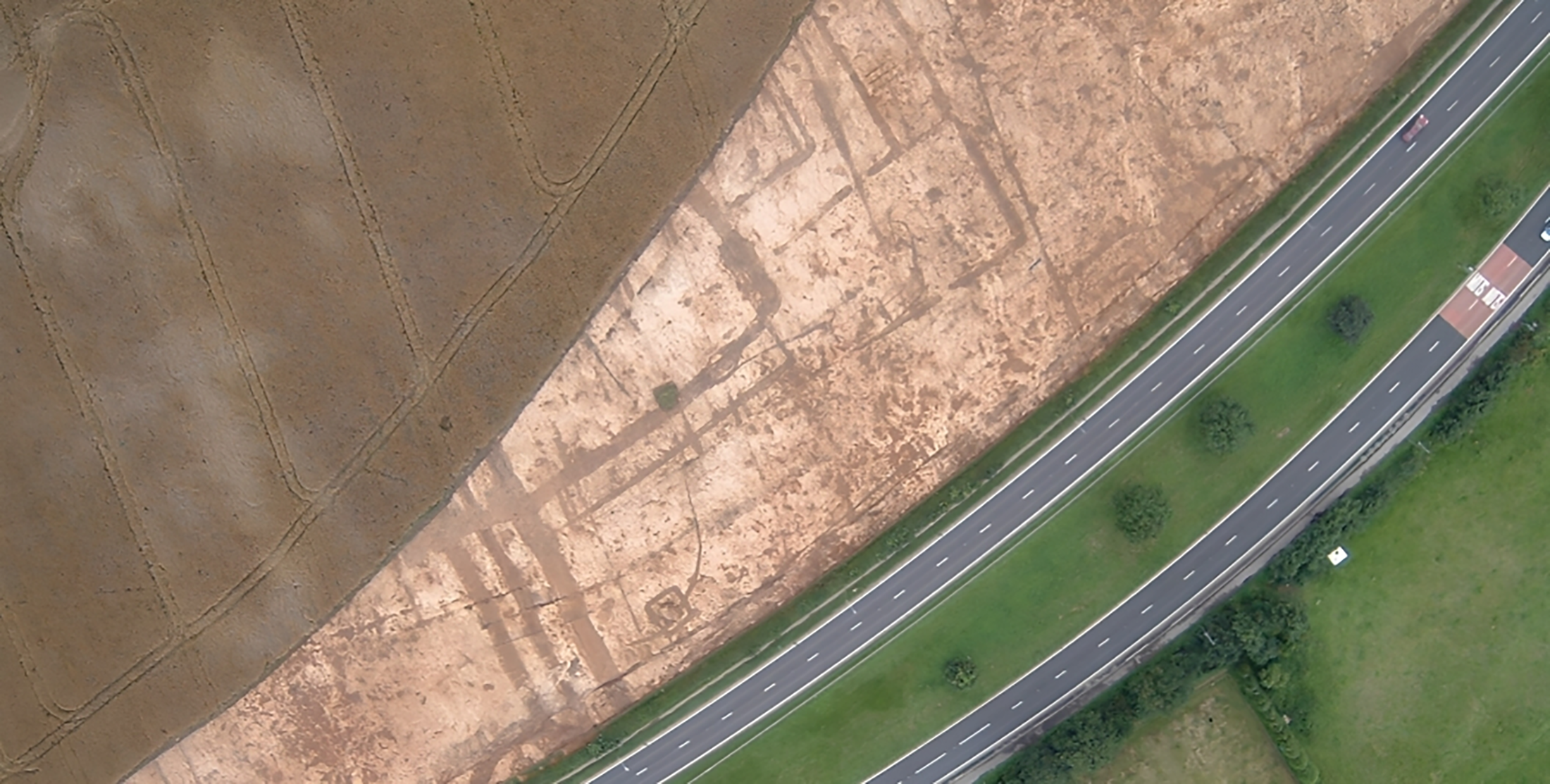
Melton A63
OSA04EX03
A multi-period prehistoric, Romano-British and medieval landscape, complete with land boundaries, trackways, burials and occupation areas were revealed during excavations in 2004-2005.
There was an almost continuous sequence between the third millennium BC and the eighteenth century AD. The earliest features consisted of a group of early Bronze Age pits, a round barrow, which later formed a focus for cremations inhumations and land boundaries.
A late Iron Age settlement was revealed to the north of a trackway consisting of roundhouses, pits, burials and other structures. The settlement was abandoned or moved before the Roman Conquest but the trackway remained in use for many centuries.
Excavations also uncovered rare and unexpected evidence of Anglo-Saxon occupation from the sixth or seventh century AD.
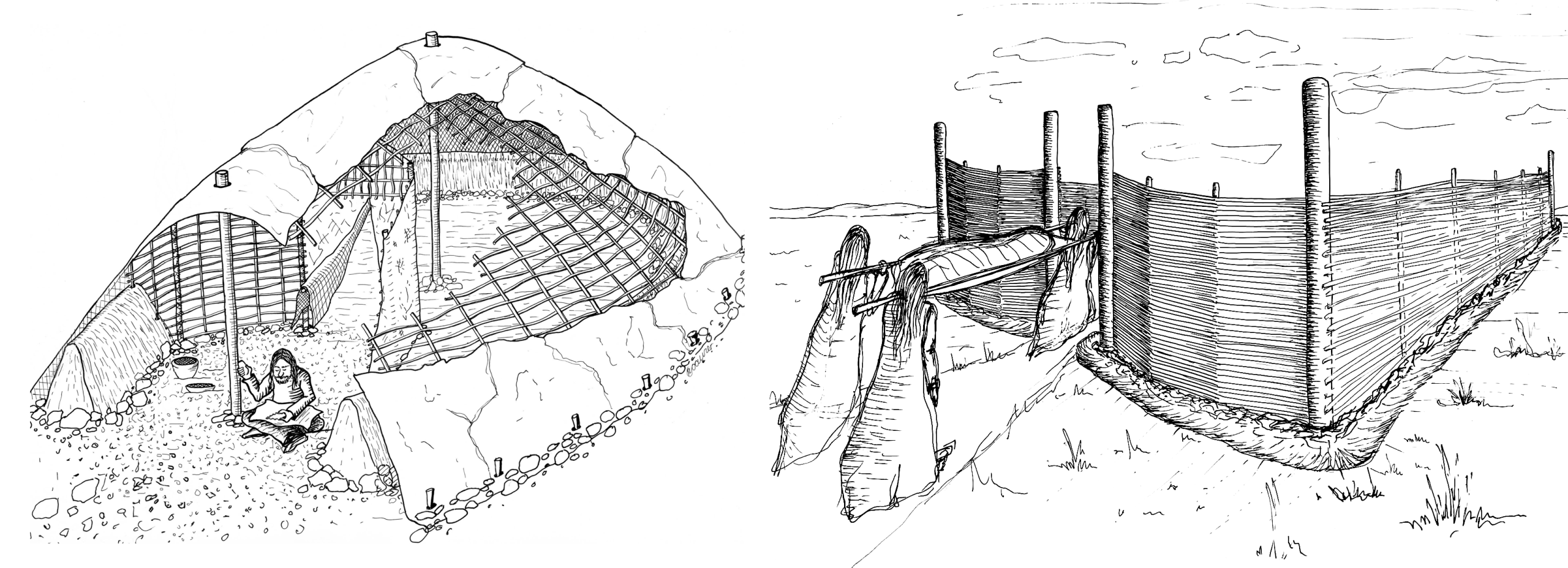
Sewerby Cottage Farm
OSA99EX04
Excavations at Sewerby Cottage Farm revealed a sequence of middle to late Neolithic occupation. This amounted to at least three Neolithic buildings, which at the time of discovery was the highest concentration of such structures to have been found in the north of England. Around the middle of the 4th millennium BC a series of small-scale structures were erected within a natural hollow.
Later phases of excavation revealed further Neolithic occupation in the form of another hollow and five groups of pits spanning the middle to late Neolithic, which were rich in pottery and flint waste.
The site was occupied intermittently throughout a period of over 500 years during the latter part of the 4th and the beginning of the 3rd millennium BC.
During the late Iron Age much of the development area was enclosed by land boundaries, a square barrow and round barrow were also constructed at this time. A rural farming settlement built up around the land boundaries and barrows and occupation continued until the end of the 2nd century or middle of the 3rd century AD.
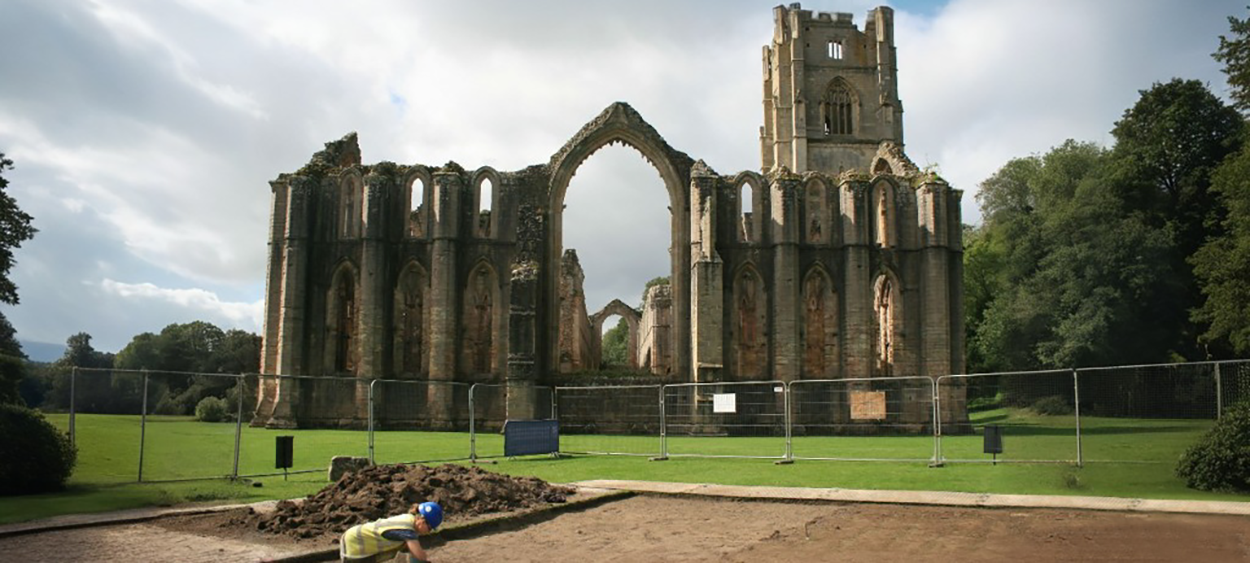
FOUNTAINS ABBEY
OSA18EX12
This investigation focused on an area of the monastic cemetery. A stone constructed drain was found, as well as a number of pits both stratigraphically earlier and later than the drain. Several grave cuts were seen in section. Three separate phases of grave cuts were found each sealed by a different layer.
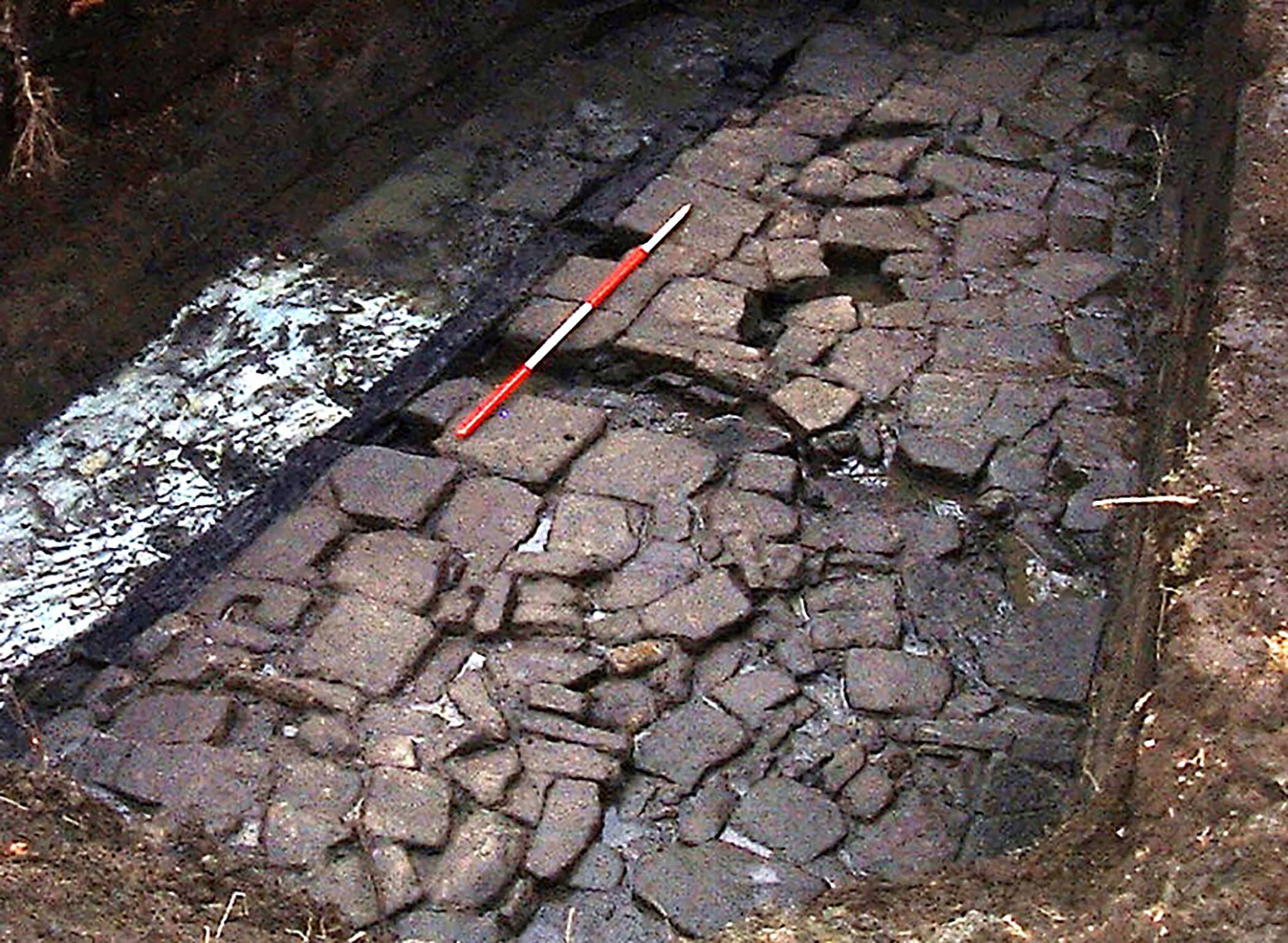
FOUNTAINS ABBEY MILL
OSA00EV06
The mill is considered to be the best surviving example of an early medieval monastic water corn mill in northern Europe.
The investigation revealed remains of the original 12th century north wall of the mill, together with elements of a substantial, early post-medieval building, towards the south end of the eastern mill yard. This yard also contained extensive areas of flagged and cobbled surfaces, forming entrances into the mill, and an apparent track way alongside.
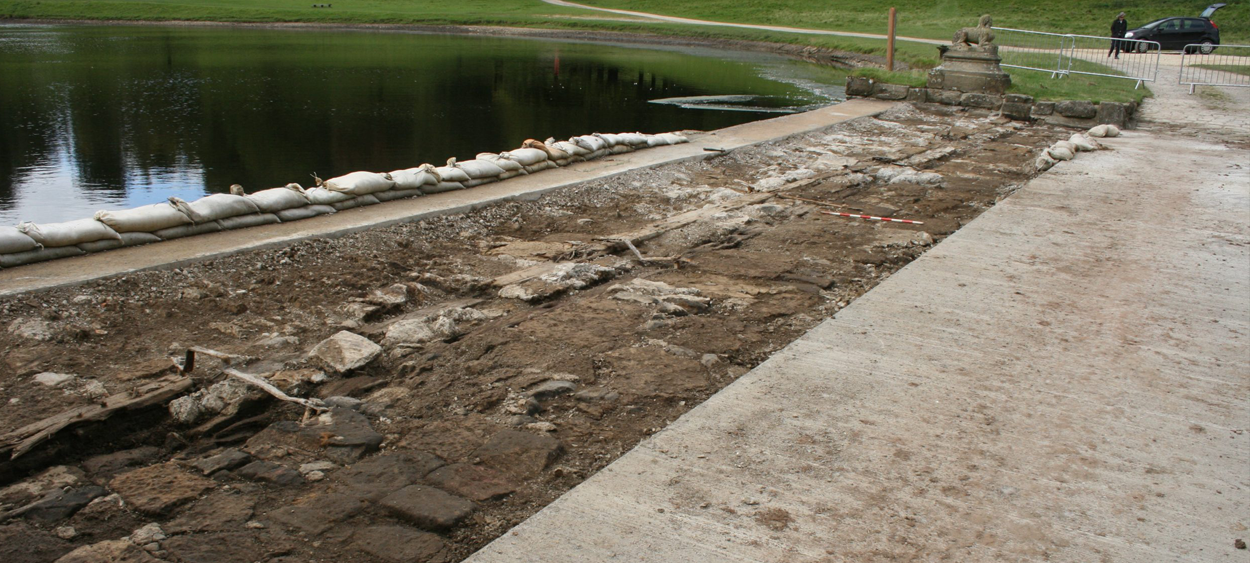
Studley Royal world heritage site
OSA17EV32
Archaeological recording of remains exposed during repair works during the resurfacing of the crest of the outlet dam at Studley Lake revealed the stonework of the former surfacing of the dam and remains of a timber structure with associated ironwork, which appear to relate to a former footbridge.
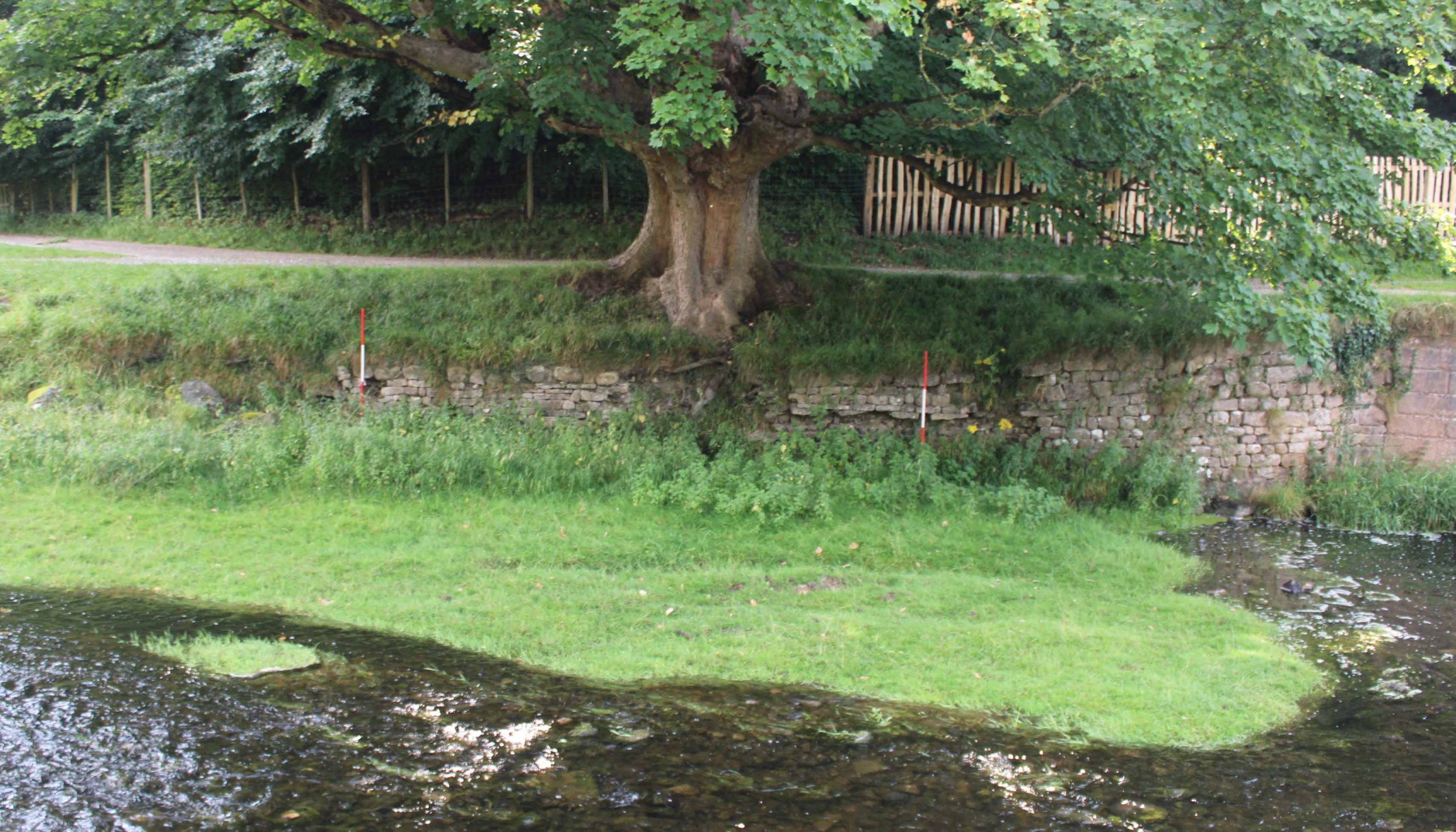
Studley Royal world heritage site
OSA24WB20
A two-staged archaeological investigation was undertaken during repairs to a section of the flanking walls of the weir and cascade outlet from the Studley Royal Water Garden lake.
The first stage of investigation comprised historic building recording. The second stage of investigation consisted of an archaeological watching brief. No evidence of reused stonework from the medieval Abbey ruins was identified, contrasting with the known situation within the 18th century canal walls alongside East Green further upstream.
